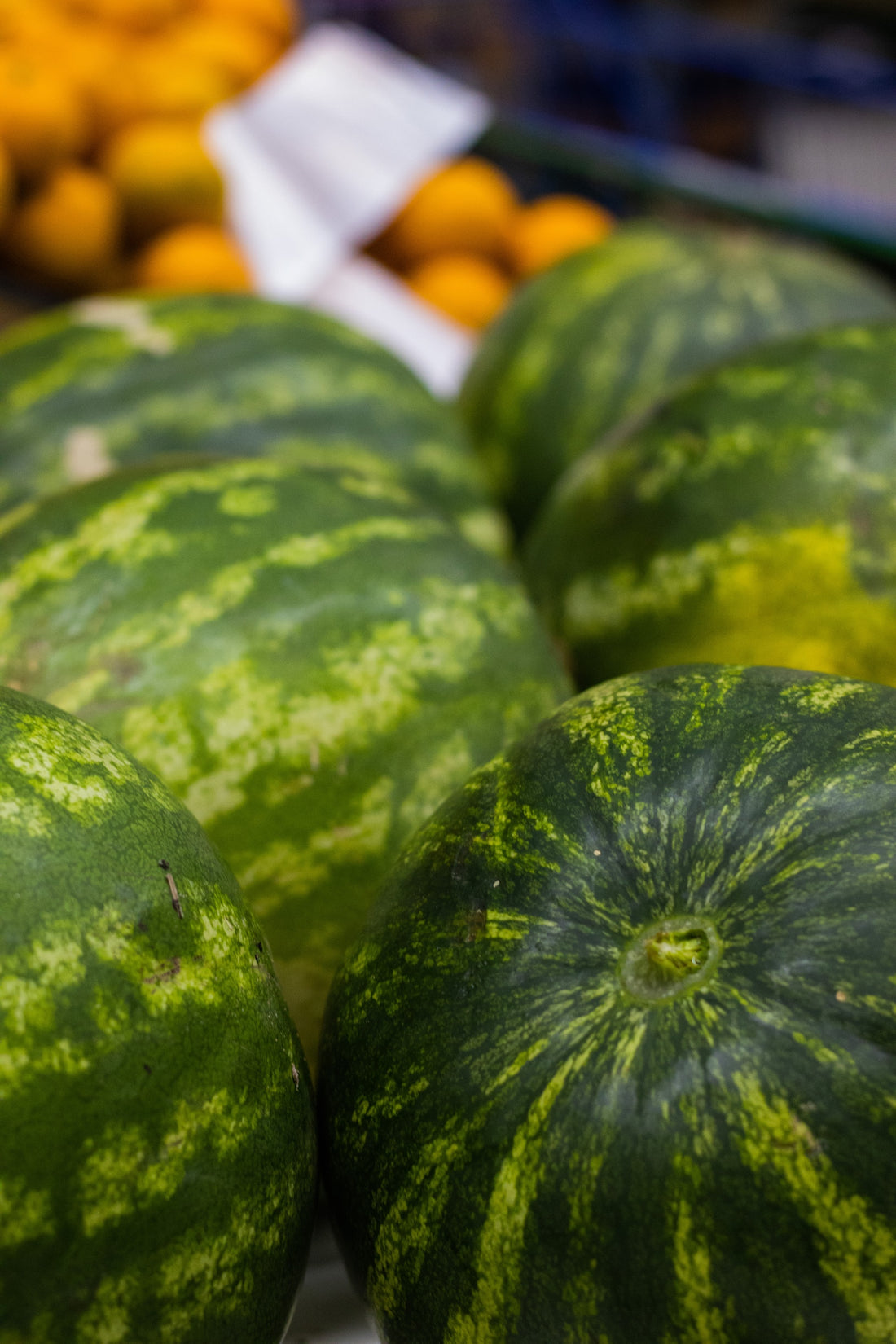Melons are heat-loving plants, which produce the most glorious, juicy, and delicious fruit when given the right growing conditions. Summer isn't complete without a few juicy melons, picked ripe from the vine and shared with friends and family. See our most popular melon suggestions at the end of the growing guide.
Tips for Growing Melons
Pay attention to the days to maturity. If you live in a cold region, look for varieties that take less than 90 days to mature. Otherwise, your plants may not have a long enough warm growing season.
Summer Melons and Winter Melons
The designation summer or winter melon simply refers to when it ripens. Summer melons ripen in mid to late summer. Winter melons mature in late summer and autumn. There is no difference in how you grow them.
Growing Melons
In colder climates, start seedlings indoors 3-4 weeks before the last spring frost. Then, transplant to the garden 2 weeks after the last frost. This ensures the ground is warm enough for the melon seedlings to thrive. If the soil or air is too cool, growth will be stunted or nonexistent.
Starting Seeds Indoors
- Use a seed heating mat to keep the soil warm enough so the seeds will germinate. A grow light works well, too; you may utilize both to keep temperatures warm enough.
- Plant one seed per 4" starting pot, water well, and place in a warm, bright location.
Transplant
- When the seedlings have 3-4 true leaves, they are ready for transplant. Do not transplant until the outdoor soil temperature is at least 65F, though.
- Plant in full sun in well-draining soil.
- Transplant seedlings 2-feet apart in rows 5-feet apart.
Direct Sow
- Direct sow seeds in the ground when the soil temperature is at least 65F. This is usually around the date of the last expected spring frost or a week later. Pay attention to the weather before putting these seeds in the ground!
- Choose a location with direct sun and well-draining soil. Melons do not tolerate shade.
- Sow seeds 1" deep in groups of 5, 18-24" apart. Rows are 5-6 feet apart.
- Once the seedlings reach 1-2" high, thin groups to just the most robust 2-3 seedlings. Remove the thinned seedlings with scissors, cutting them off at the base. Don't yank them up, as that may disturb the roots of the ones you're keeping.
Care
- Water melons deeply and infrequently. They need an average of 1-2 inches of water per week.
- Once the plants flower and fruits begin to ripen, reduce the watering. When watering is reduced, the juices concentrate, and melons become sweeter.
- Overwatering during the last couple of weeks of growth produces less flavorful melons and may cause the fruits to split.
- Weed regularly and apply mulch around plants to retain moisture and keep weeds away. The roots of all these melons are shallow, so be careful handling the plants and vines as it is very easy to pull them up by mistake.
- Pinch back flowers, so there are only 4 per vine. The fewer melons, the bigger the other ones will grow, and sweeter, too.
- If leaves grow above the melons, pull them back, so it receives full sun exposure.
Harvesting
Cantaloupes and MuskmelonsCantaloupe or muskmelon is ready to harvest when the skin turns yellow and loses the shine. The netting around the skin becomes rougher and more coarse. Lastly, the vine turns brown, and the stem dries out. Slightly twist the fruit off the vine (don't yank it). The fruits will not separate from the vine on their own. Fruits mature at different times, so check often and harvest as they ripen.
Watermelon and Honeydew
Watermelon and honeydew ripeness is a bit more challenging to determine. The vine near the fruit will turn brown and dry up, and the leaves closest to the fruits will turn yellow. Another good indicator is the skin will dull in color and become rough to the touch. For watermelons, the bottom where it touches the ground goes from light green to yellow.
For all melons, eat them as soon as possible after picking! The best is to enjoy them the same day, but storing them for two or three days is okay too. The flavor begins to seriously deteriorate the longer they are stored, and the flesh will soften or rot.
Best Melon Varieties
Crimson Sweet Watermelon
Black Diamond Watermelon
Jubilee Watermelon
Hales Best Cantaloupe, Heirloom



